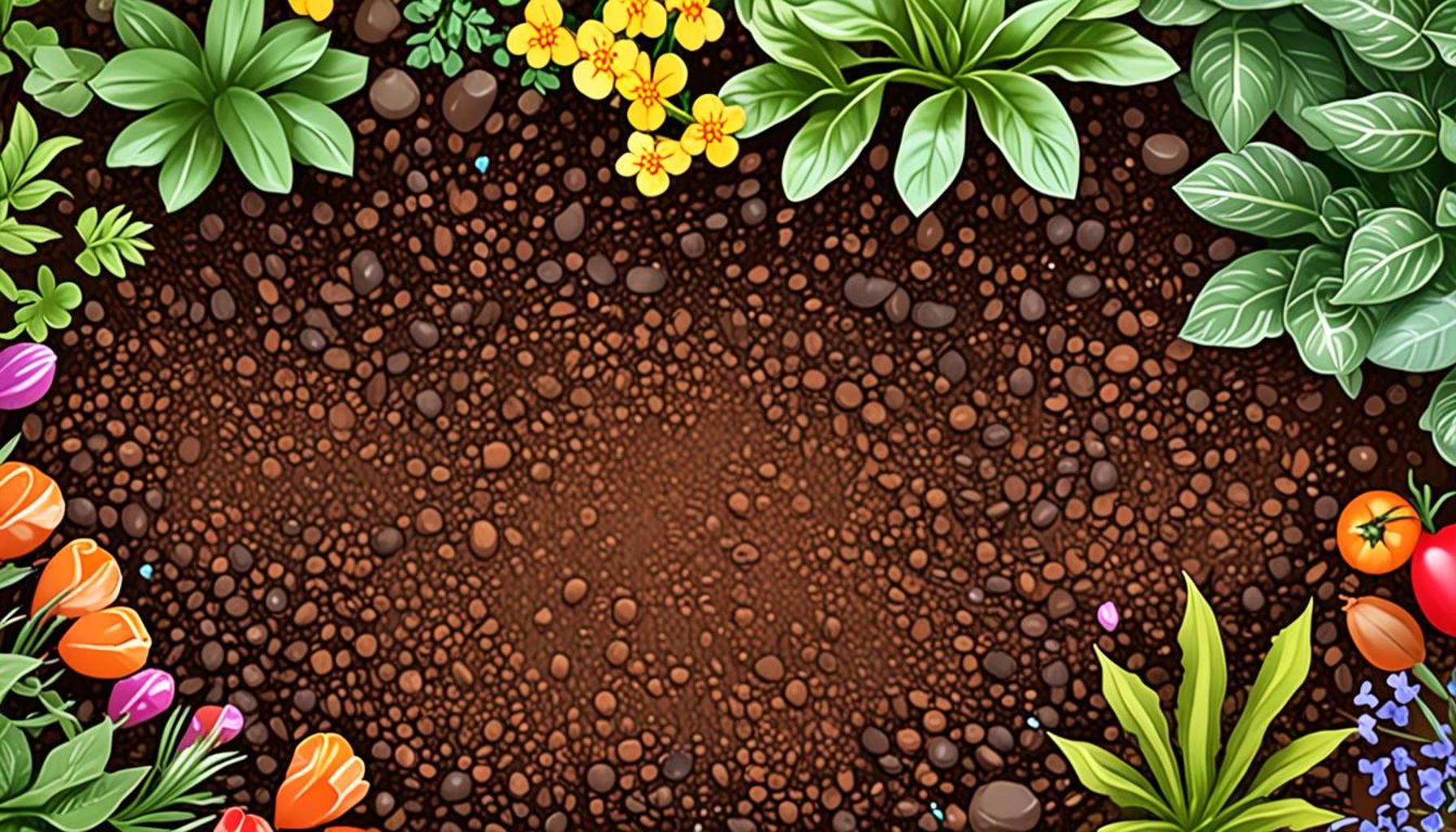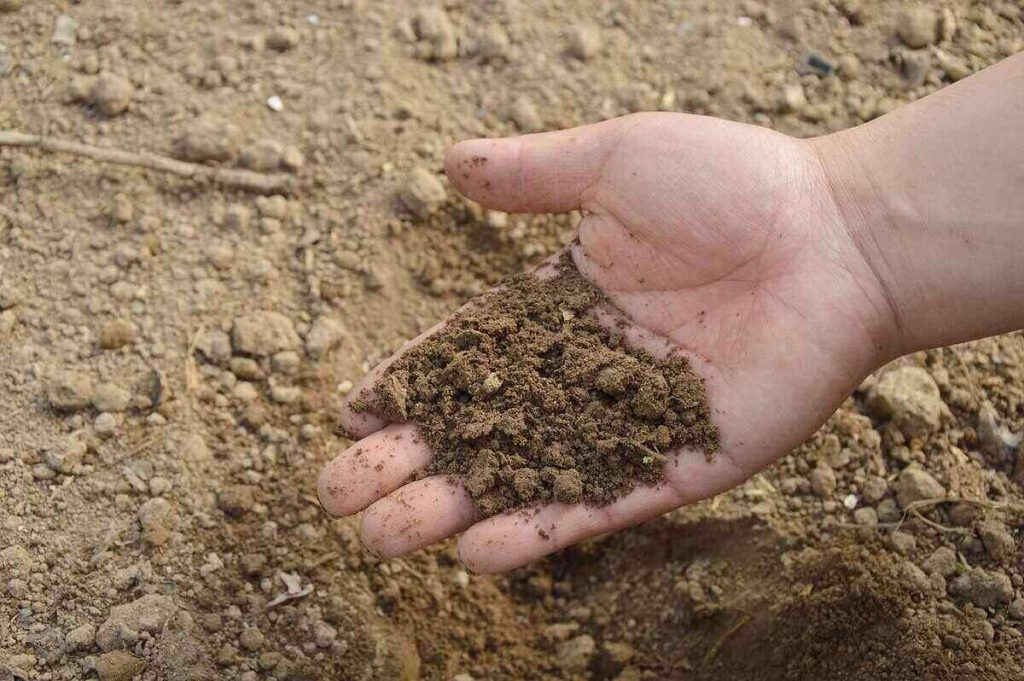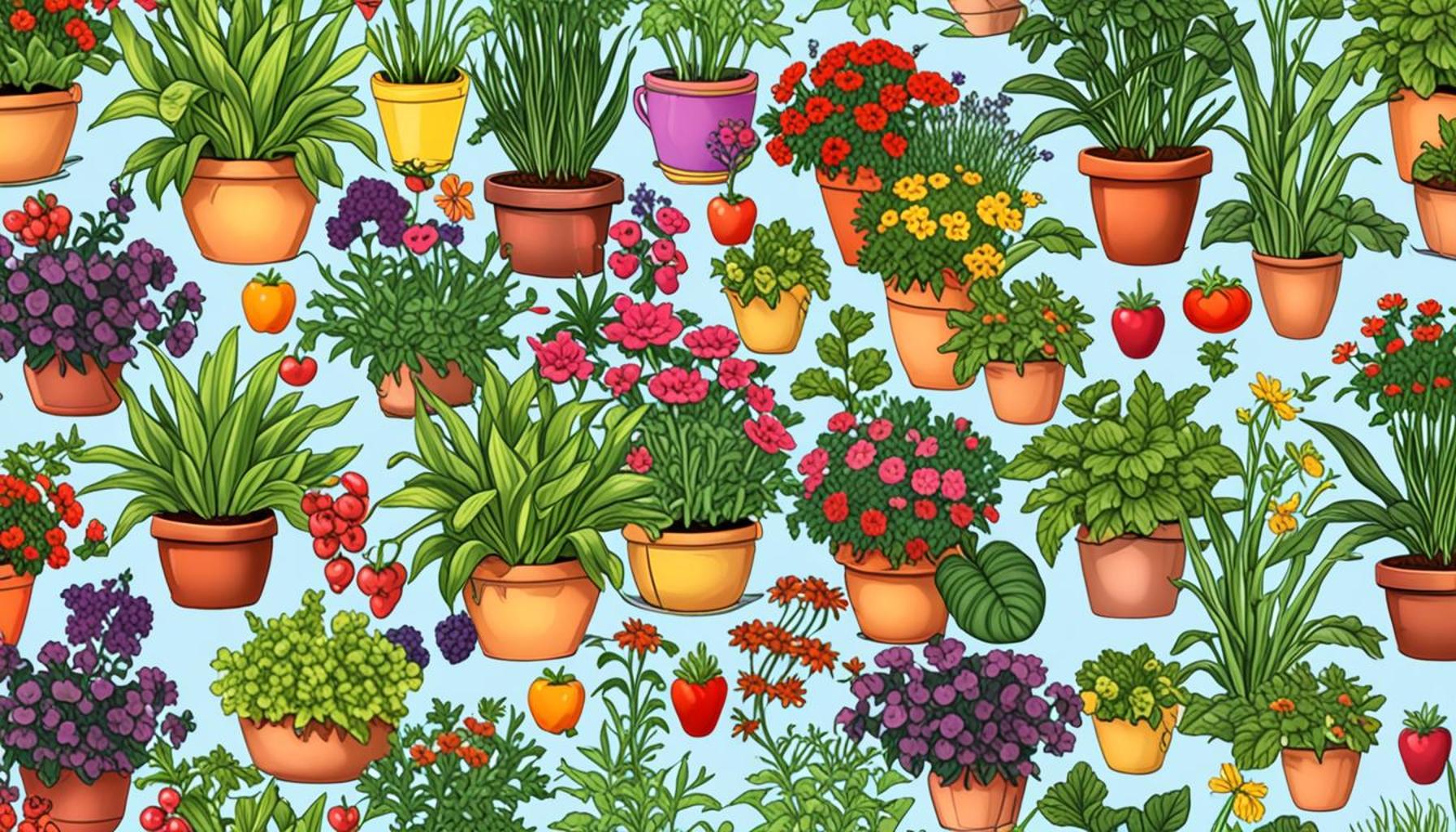Understanding Soil Types: How to Choose Plants that Flourish in Your Garden’s Conditions

The Foundation of a Thriving Garden
Every garden tells a story, and it all begins beneath the surface. Understanding soil types is critical to unlocking the secrets of a flourishing outdoor space. Without this knowledge, plants may struggle, or worse, fail to thrive. Soil serves as more than just a physical substance; it is a dynamic habitat hosting an intricate web of life that supports plant growth while also impacting nutrient availability, moisture retention, and root development.
Soil quality is multifaceted and cannot be reduced to mere color or texture. It encompasses several key characteristics that directly influence gardening success:
- Texture: This refers to the size of the soil particles, which can range from sandy, clayey, to loamy. Sandy soils feel gritty, drain quickly, and warm up faster in the spring, making them ideal for root crops like carrots. In contrast, clay soils are dense and can compact easily, which might hinder drainage but hold nutrients effectively. Loamy soils, which are a mix of sand, silt, and clay, strike a favorable balance, offering good drainage while retaining essential nutrients.
- pH Level: The acidity or alkalinity of your soil significantly impacts plant health. A soil pH below 7 is considered acidic, while above 7 is alkaline. Certain plants thrive in acidic environments, like blueberries and rhododendrons, while others might struggle. For instance, most vegetables prefer a neutral to slightly acidic pH, making it crucial to check local recommendations for optimal plant selection.
- Drainage: Well-drained soils are essential for healthy root systems, allowing oxygen to reach plant roots and preventing waterlogging. In regions with heavy rainfall or where clay soils dominate, raised beds can improve drainage, providing a suitable environment for a broader range of plants.
Each of these factors plays a significant role in how well your plants will perform. For example, a garden in California, often characterized by its sandy soils, may face drought and require drought-resistant plants like succulents and native wildflowers. Conversely, a garden in Florida might contend with sandy, acidic soils requiring different plant types, such as azaleas and ferns that can adapt to higher moisture levels. This emphasizes the importance of local conditions in successful gardening.
Ultimately, choosing the right plants for your soil type can lead to vibrant blooms and bountiful harvests. In this guide, we will explore various soil types and assist you in identifying plants that resonate with your garden’s unique conditions. By understanding the essentials of your garden’s foundation, you’ll be better equipped to cultivate a thriving oasis that flourishes year after year.
DISCOVER MORE: Click here to learn about pest-resistant plants

Exploring Different Soil Types
Soils in your garden vary significantly depending on geographic location, climate, and underlying geological history. To select the right plants for your garden, understanding the different soil types is essential. In the United States, numerous soil classifications exist, but the most commonly encountered types can be distilled into four primary categories: sandy, clay, silt, and loamy soils. Each has its distinctive properties that influence the kind of plants that will thrive. Let’s take a closer look at these soils and how they interact with the plants we choose.
Sandy Soil
Sandy soils, characterized by their large particulate size, are often well-drained yet low in nutrients. This soil type heats up quickly in the spring and can foster early planting. However, the rapid drainage means that it dries out quickly, making it essential to choose drought-tolerant plants that can adapt to these challenges. Popular choices for sandy soil gardens include:
- Lavender: Drought-resistant and aromatic, lavender thrives in well-draining sandy soils.
- Thyme: This hardy herb not only adds flavor to your dishes but easily tolerates sandy conditions.
- Cacti and succulents: These low-water plants are perfect for sandy environments, providing unique textures and colors.
Clay Soil
Conversely, clay soil is composed of densely packed particles, leading to poor drainage and potential waterlogging. While clay can be nutrient-rich, it poses challenges for root development. The key to successfully working with clay soil is to introduce organic matter to improve its structure and drainage. For clay soil, consider plants such as:
- Astilbe: Known for its striking feathery plumes, this perennial thrives in the moisture-retaining properties of clay soil.
- Bee balm: This native wildflower not only flourishes in clay but attracts pollinators to your garden.
- Daylilies: These hardy perennials are versatile and can adapt to various soil types, making them ideal for clay gardens.
Silty Soil
Silty soils are made up of fine particles, making them fertile and rich in nutrients. They generally hold moisture well, making them capable of supporting a wide range of plants. However, they can be prone to becoming compacted, so it is essential to periodically work in organic materials to maintain aeration. To make the most of silty soil, consider plants like:
- Rudbeckia (Black-eyed Susan): These vibrant flowers thrive in a variety of soil types, including silty soil.
- Hostas: Ideal for shaded areas in gardens, hostas enjoy the rich moisture silty soils can provide.
- Peonies: With their lush blooms and ability to thrive in nutrient-rich soils, peonies are a splendid choice.
Loamy Soil
Often referred to as the ‘gold standard’ of gardening soils, loamy soil is a balanced mix of sand, silt, and clay, offering the best of all worlds. It holds moisture and nutrients while also draining well, making it the ideal soil for a diverse array of plants. Gardens with loamy soil can effectively support:
- Tomatoes: These popular vegetables thrive in well-draining, nutrient-rich loamy soils.
- Roses: Favorable to many varieties, roses flourish in loamy conditions where they receive ample nutrients.
- Ornamental grasses: These versatile plants enhance garden aesthetics while thriving in the balanced moisture of loamy soil.
Understanding these soil types helps you tailor your plant selection, ensuring that your garden will not only grow but also flourish. By practicing mindful planting based on soil types, you’ll create a colorful, diverse landscape that brings joy and beauty for years to come.
| Soil Type | Advantages |
|---|---|
| Clay Soil | Retains moisture and nutrients, making it ideal for many plants that thrive in rich environments. |
| Sandy Soil | Drains quickly, preventing root rot and diseases, suitable for drought-tolerant plants. |
| Loamy Soil | Balanced nutrient retention and drainage make it a favorite for a wide variety of plants. |
| Silty Soil | Rich in nutrients and holds moisture well, supporting a diverse range of garden flora. |
| Peaty Soil | Highly organic and moisture-retaining, perfect for moisture-loving plants. |
Understanding the different soil types is crucial for garden success, as each type can significantly impact the growth and flowering of plants. Clay soil can provide essential nourishment, while sandy soil allows quick drainage, reducing water-logging risks. For gardeners, loamy soil typically represents the best of both worlds—combining nutrition with good drainage to foster healthy plant growth. On the other hand, silty soil adds an extra layer of benefits with its nutrient abundance, and peaty soil is a sanctuary for those plants craving moisture. With this knowledge, gardeners can choose the right plants tailored to their specific soil conditions, ensuring vibrant and flourishing gardens.
DISCOVER MORE: Click here to learn about land cover and soil health
Assessing Soil Conditions in Your Garden
Beyond identifying the soil type, understanding its conditions is vital for ensuring that your chosen plants thrive. Factors such as pH levels, moisture retention, and the presence of organic matter can significantly impact plant health. Conducting a simple soil test can provide valuable insights into your garden’s fertility and suitability for different plant species.
pH Levels
The pH level of your soil indicates its acidity or alkalinity, which can directly affect nutrient availability. Most plants prefer a pH range of 6.0 to 7.5, but there are exceptions. Acid-loving plants such as azaleas and blueberries thrive in more acidic soils, while others, like lilacs and cacti, prefer more alkaline conditions. Testing your soil’s pH can be done through DIY kits available at garden centers or by sending samples to local agricultural extensions. Adjustments can be made using amendments such as lime for raising pH or sulfur for lowering it.
Moisture Retention
The capacity of your soil to retain moisture is crucial for plant longevity, particularly in regions prone to drought. Sandy soil, as mentioned previously, drains quickly, which can necessitate more frequent watering. Conversely, clay and silty soils are better at holding moisture but may require attention to avoid waterlogging. Incorporating organic matter such as compost or well-rotted manure into your garden can enhance moisture retention in sandy soils while improving drainage in heavy clay. The addition of mulch also helps regulate soil temperature and moisture, creating a welcoming environment for plant growth.
Organic Matter
The presence of organic matter in the soil is a fundamental marker of fertility. Rich in nutrients, organic matter serves as a food source for beneficial organisms in the soil ecosystem. High organic content also improves soil structure, aeration, and moisture-holding capacity. To increase organic matter in your garden, consider adopting practices such as:
- Composting: Recycling kitchen scraps and garden waste into compost can enrich your soil and support plant health.
- Cover cropping: Planting cover crops like clover or vetch during the off-season helps prevent soil erosion while adding organic matter when tilled back into the soil.
- Mulching: Applying organic mulch around plants can protect roots, retain moisture, and gradually improve soil quality.
Regional Variations
It’s essential to understand that soil characteristics can vary significantly even within small geographic areas. For instance, the clay-rich soils prevalent in the Midwest contrast sharply with the free-draining sandy soils found in coastal regions. Additionally, local climate conditions can interact with soil type, influencing moisture availability and plant selection. Engaging with local gardening clubs or cooperative extensions can assist in identifying unique characteristics of your area’s soil, ultimately guiding your planting choices.
By grasping these additional aspects of soil conditions, you empower yourself to make informed decisions about your garden. Selecting the right plants based on a combination of soil type and conditions not only fosters a flourishing garden but enriches your gardening experience overall.
DISCOVER MORE: Click here for essential pest control tips
Conclusion
In the intricate world of gardening, understanding soil types stands as a cornerstone of successful plant cultivation. By recognizing the characteristics of your garden’s soil—be it sandy, clayey, or loamy—you position yourself to select the best plants that will not only survive but also thrive. Remember, it’s not just about the soil type; assessing soil conditions such as pH levels, moisture retention, and organic matter content further refines your plant choices, paving the way for a vibrant garden.
Incorporating practices like soil testing and organic amendments can enhance your garden’s health and nutrient profile, leading to a more sustainable gardening approach. It’s also essential to be mindful of regional variations that may influence your soil’s unique conditions. Engaging with local resources or gardening communities can provide invaluable insights into selecting suitable plants that correspond to your area’s climate and soil characteristics.
Ultimately, by navigating the relationship between soil types and plant selection, you’re not just cultivating flowers or vegetables; you’re fostering an ecosystem conducive to biodiversity and sustainability. The journey of understanding your garden’s soil is as rewarding as the blooms it yields. As you embark on this endeavor, remember that well-informed decisions today will yield the flourishing gardens of tomorrow.



